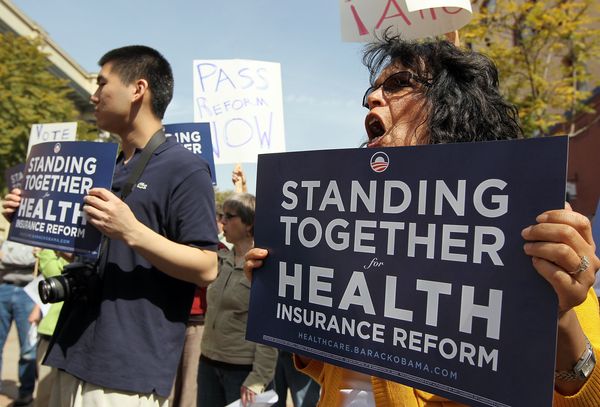The idea of a waiting period in the world of health insurance may seem simple enough: It's the period of time specified in a health insurance policy which must pass before some or all of your health care coverage can begin. However, the definition is just the tip of the iceberg. Underneath are the types of waiting periods, the rules of each and how they apply to a given type of health insurance plan.
In general, there are three main types of waiting periods that you encounter in health insurance:
Advertisement
- employer waiting period
- affiliation period
- pre-existing condition exclusion period
The most common is referred to as the employer waiting period and is found in an employer group plan in which a new employee must wait a given time period, often within three months, before being eligible for health care services. This waiting period is imposed by the employer and is usually done to avoid "hit and run" behavior by their new employees, in which they file a large claim right after joining and then quickly leave the company.
A waiting period that is imposed by a HMO, and not an employer, is referred to as an affiliation period. This type of waiting period can't last longer than three months and has specific rules attached to it. A pre-existing condition exclusion period is a type of waiting period that involves those who have a condition during the six months prior to signing up for health insurance. This type of waiting period means that your insurance coverage can be limited or excluded for any pre-existing condition. The length of this type of waiting period can vary from one to 18 months.
Let's find out more about the specific situations in which each of these waiting periods are used and what rules they each have. First, we'll find out more about the employer waiting period.
Advertisement





